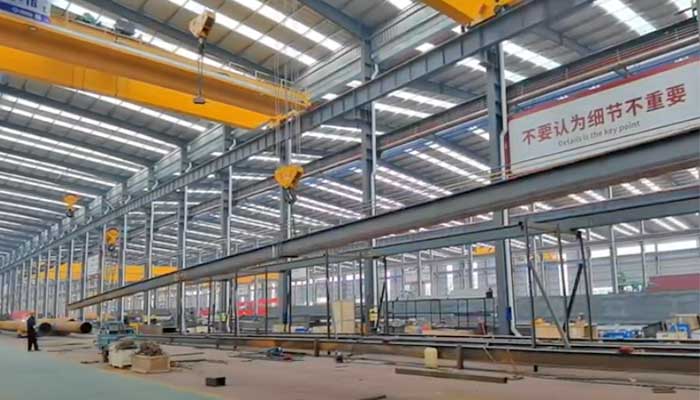
Anti-sway Control System of Overhead Crane & Anti-swing Crane
How to minimize loads swinging during overhead crane operation? Check the anti swing / sway control system & anti swing crane to short your duty cycle time & improve safety.
Anti sway crane control technology is developed to make overhead crane material handling more precise, safer and ensure make your overhead crane long working life. Want to know more about the anti-sway crane control technology and anti-sway crane? Read on.
Anti sway crane and Anti-sway crane Control technology
Sway refers to vibration, while anti-sway refers to dampening. The topic of machine vibration has been studied for decades, if not centuries. Anti-sway crane control technology is used to avoid swinging during crane lifting of loads with consistent, accurate, and rapid technical qualities, which can increase material handling productivity, safety, and efficiency.
Anti-sway crane control technology
Our anti-sway technology and precise automatic positioning control technology, developed by an independent research and development team, can assist material handling cranes in completing accurate load handling, achieving international leadership in crane technology. Our anti-sway automatic positioning control technology has been recognized as one of the best in the world.
Anti-sway crane control system automatic positioning was independently researched and developed, filling deficiencies in China crane industry anti-sway automatic positioning crane control technology. When compared to cranes that do not use anti-sway control technology, swinging amplitude with load reduction of at least 95% (actual sway angle less than 0.2 degrees), automatic positioning control accuracy is increased.
Due to the overhead crane and hoist staring, speeding up, and braking during operation, the loads lifted will swing and sway, which is known as the pendulum effect. When the overhead crane arrives at the appropriate location, the lifted load swing and sway, making unloading impossible for the time being, delaying the working cycle and, finally, limiting production capacity. The following anti-swinging system is recommended for your consideration in order to reduce swings and sways.
overhead crane for long beam handling
Anti-swing and anti-swing automatic positioning control system
Every overhead crane has a load swing problem, and machine damping is a huge topic that has been researched for decades, if not centuries.
Because of the acceleration and deceleration of the trolley during overhead crane operation, the load will produce an uncomfortable swing phenomena. The enhancement of overhead crane working efficiency is hampered by this type of load swing phenomenon. The load's swaying also poses a hidden threat to the load, the surrounding objects, and the personal safety of the field. The intrinsic phenomena of overhead cranes transporting materials is load swing. Preventing and minimizing swaying of overhead crane loads has always been a major technical difficulty that people have been keen to address since the inception of overhead cranes. The advancement of current electrical control technology, particularly the application of advanced programmable controller and variable frequency speed control technology, has historically provided an opportunity to tackle the problem of overhead travelling crane load swing.
Benefits of anti-swing control systems
- a. It can considerably increase overhead crane production efficiency, increase overhead crane safety, and reduce the danger of product damage and human harm.
- b. It is possible to automate numerous industrial processes that require overhead crane equipment to a great degree.
- c. Reduce the overhead crane's point operation and extend the overhead crane's service life.
- d. Increase the safe operating speed of the overhead crane and increase production efficiency.
- e. Simple to learn and operate, resulting in reduced training time for crane operation personnel and lower labor intensity for overhead crane operation staff.
Anti-swing control scheme of overhead material handling crane

a. Close loop control: Load swing angle measurement, sophisticated feedback control, high cost
b. Open loop control: All that is required is to manage the speed of the overhead crane and trolley, which is easy and inexpensive.

Overhead cranes with anti-swing control functions are commonly used in mechanical manufacturing workshops, assembly workshops, garbage disposal plants, steel plants, power plants, shipbuilding plants, construction sites, railways, container terminals, paper mills, and metallurgical plants, among other industries.
The electric anti-swing automatic positioning control technology is being developed based on the implementation of electric anti-swing control, which can change the overhead crane into a lifting robot and make the overhead crane behave like a robot.
The load is accurately and periodically transported to any designated position at a specified point along the specified line, and the load does not sway during or after arrival at the specified position, thus overcoming all requirements for material handling height automation, which is also a major technical challenge. The effective invention and widespread deployment of overhead crane electrical anti-swing control technology will permanently alter people's perceptions of the problem of overhead crane load swing. It will be a watershed moment in the history of technological advancement in the material handling area.
Manual anti-sway system
The manual anti-sway technology is mostly based on the overhead crane operator's operation. When the trolley arrives at its destination, the overhead crane operator instantly reverses the operation, causing the lifting devices to move in the opposite direction, reducing the impact of the swings generated by braking.
Advantages: Immediate reduction in swing, resulting in increased overhead crane efficiency.
Disadvantages: As a result of the server's impact on the electric components, which reduces the working life, it is not advised for long-term use.
Anti-sway control - Rigid guide pillar
The majority of manual anti-sway technology is based on the overhead crane operator's actions. When the trolley reaches its destination, the overhead crane operator immediately reverses the action, causing the lifting devices to travel in the opposite direction, reducing the impact of braking swings.
- Advantages: Immediate swing reduction leads to better overhead crane efficiency.
- Disadvantages: It is not recommended for long-term usage due to the server's impact on the electric components, which limits the operating life.
Anti-sway control- hydraulic cylinder-driven & Wire rope
The hydraulic cylinder-driven anti-sway technology is used to regulate and lessen the impact of swings and sways that cannot be avoided. The technique is commonly employed in shore cranes, which have complex construction and significant maintenance requirements.
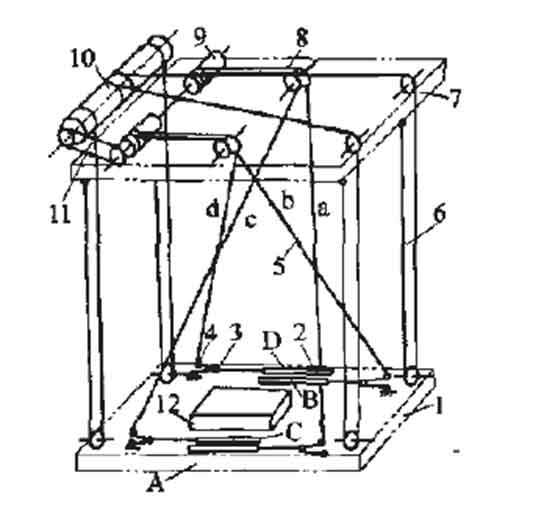
1. Spreader, 2. Anti-sway hydraulic cylinder, 3. Movable pulley, 4. Fixed pulley,
5. Anti-sway steel wire rope, 6. Lifting steel wire rope, 7. Trolley frame
8. Fixed pulley, 9. Anti-sway drum 10. Lifting drum
11. The chain transmission device, 12. Hydraulic pump station
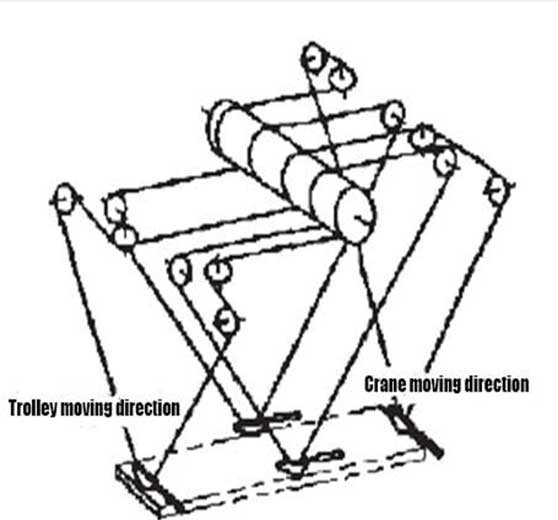
The wire rope anti-sway is commonly employed in shore cranes, and the image below illustrates how the wire rope is utilized to reduce swings and sways.
If you have any doubts, please feel free to contact us, more Frequently Asked Question please feel free to contact us.
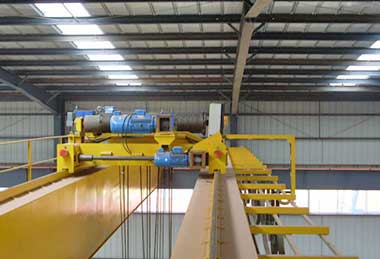
Chinese style double girder hoist crane
Overhead electric winch crane is China traditional heavy duty double girder overhead crane equipped winch trolley,Robust & Sturdy, Affordable industrial overhead winch cranes.
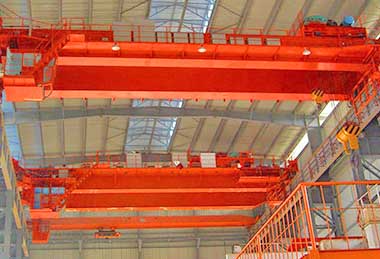
Chinese style double girder open winch crane
5 ton- 63 ton double girder overhead electric crane with rope hoist trolley / chain hoist trolley, competitive hoist trolley crane system, cheaper hoist trolley crane price, good electric overhead crane solution.
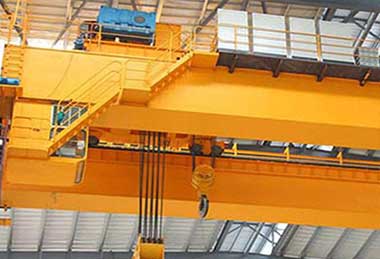
European style double girder open winch crane
European standard double girder overhead crane with open winch trolley, a heavy duty winch crane up to 320 ton, wide specifications hook cranes for wide application. Get FEM / DIN open winch travelling bridge crane now!
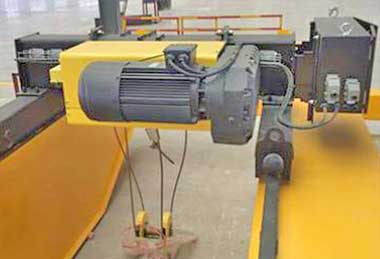
European style double girder hoist trolley crane
Advanced double girder overhead crane based on European DIN/FEM Standard with 5 ton-80 ton electric wire rope hoist trolley for hoisting industrial materials - European advanced wire rope hoist cranes!
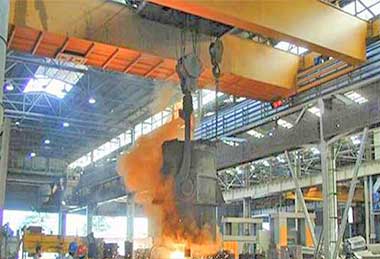
Ladle crane: 5 ton -74 ton steel mill ladle crane & 5 ton up 320 ton ladle crane
Ladle cranes for 5 ton -320 ton ladle or liquid metal lifting, heavy duty ladle crane for steel mill, foundry, furnace, and casting factory. Good priced ladle crane, charging crane, casting crane & foundry crane !
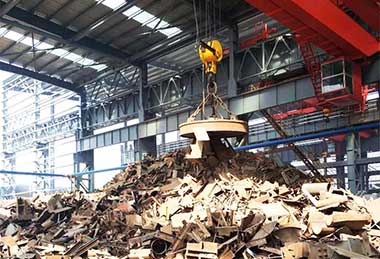
Electromagnetic cranes & Electromagnets
Electromagnetic overhead cranes with types of electromagnetic chucks & magnetic carrier beams for steel scraps, billet, slab,wire, coil, pipe, plate, etc., handling with efficiency and safety.
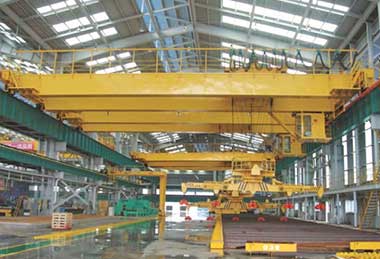
Rotary overhead crane with electro- magnet beam spreader
Magnetic crane is a double girder overhead crane with rotary crane design & electromagnet beam spreader, lifting long & larger steels, safe & efficient rotary overhead crane.
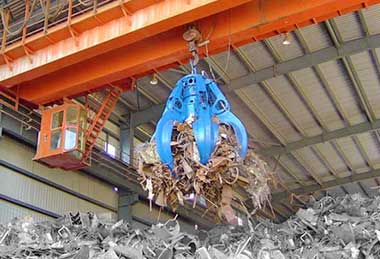
Grab crane- Overhead crane with crane grab bucket
5 ton 10 ton 16 ton 20 ton Grab Overhead Cranes with orange peeler grabs or clamshell grab buckets for scattered material handling in power station, steel mill, port, cement plant,storage & waste recycling station, etc
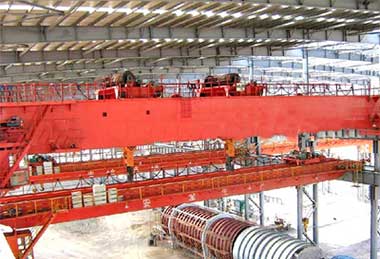
Double girder overhead crane with double trolleys
Double trolley overhead cranes of (2.5+2.5)~(200+200) tons, double trolleys & double hooks for long & heavy lifting. Overhead double trolley cranes drawing & trolley crane pdf for you now.